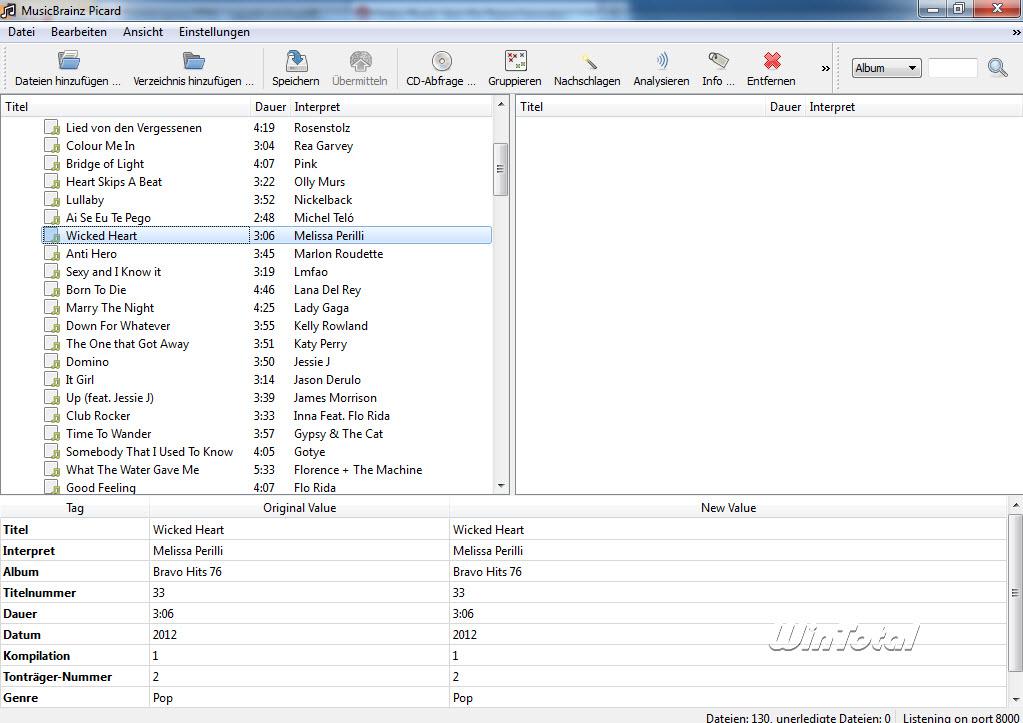
- #Musicbrainz picard error 13 permission denied manual
- #Musicbrainz picard error 13 permission denied series
- #Musicbrainz picard error 13 permission denied download
#Musicbrainz picard error 13 permission denied series
Picard is named after Captain Jean-Luc Picard from the TV series Star Trek: The Next Generation. If you need support in using Picard please read the documentation first and have a look at the MusicBrainz community forums. If you are seeing a lot of red and orange, it could mean that Picard has guessed wrong, or that your files didnt have a lot previous metadata to work with. Please report all bugs and feature requests in the MusicBrainz issue tracker. INSTALL.md has instructions on building this codebase.
#Musicbrainz picard error 13 permission denied download
Or later, and is hosted on GitHub where it is activelyīinary downloads are available on the Picard download page. A list of all releases matching the toc of.
#Musicbrainz picard error 13 permission denied manual
See the Lookup CD or Ripper Log section for detailed instructions. To that end, Picard is likely to never have as much development focus on manual bulk editing of tags as other general purpose editors (e.g.: Mp3tag, foobar2000, or even many library managers such as iTunes, Windows Media Player, and MediaMonkey).

With the CD in the drive, it can be looked up automatically using the Tools Lookup CD command.

on a desktop it’s ok but on a laptop that might not always be connected to your local network, it’s probably better to mount them manually).MusicBrainz Picard is a cross-platform (Linux, macOS, Windows) audio tagging application. Of course, they would have to be always accessible (i.e. If you have to easily access your network shares on your session, it might be a good idea to mount them at system startup in the directory you want through the fstab, rather than mounting them manually every time.

Note that the 1000 in the path is the id of the first user created on Ubuntu: if you have multiple users and you’re not on the first account, it will be a different number. If it’s not the case with some, you would find them in /run/user/1000/gvfs, where you’ll see a folder with a name like “smb-share:server=xxx,share=yyy” (where xxx is the name of the server and yyy the name of the share). In some of the file open dialogs used by applications, the shares should be displayed as volumes in the same way as CD-Roms and such (it’s the case with Picard but I haven’t checked MP3Diags).

When you access a Samba (and I assume other network filesystems like NFS) share, it’s mounted as a volume.


 0 kommentar(er)
0 kommentar(er)
